Yelets: a Small Russian Town in 400 km from Moscow
Perhaps there are exceptions. Too lazy to look for them. But on the streets of Yelets it suddenly occurred to me that Russian towns with short and expressive names have their own unique provincial aura. Torzhok, Totma, Ustyug, Plyos … The list goes on and on. And, for example, no matter how hard St. Petersburg tries to pretend to be “Peter,” it will still remain metropolitan and magnificent.
Yelets is no exception. Some unrestored old houses, crooked paving stone and ridiculous clutter of outdoor advertising could probably annoy. But no, they don’t. The town is harmonious. With new buildings far away from the city center, it is quiet and cozy.
The famous Russian writer Ivan Bunin brought us the romantic image of Yelets: “The town … was proud of its ancient history and had the right to be so: it was indeed one of the most ancient Russian towns that was lying among the great black-earth fields on that fatal line beyond which wild, unknown lands once stretched … The town belonged to the most important strongholds of Russia that, according to the chroniclers, were the first to face the storm, dust and cold of the terrible Asian clouds that continually came over it, and the first to let Moscow know about the impending disaster and the first to lay bones for it. ”
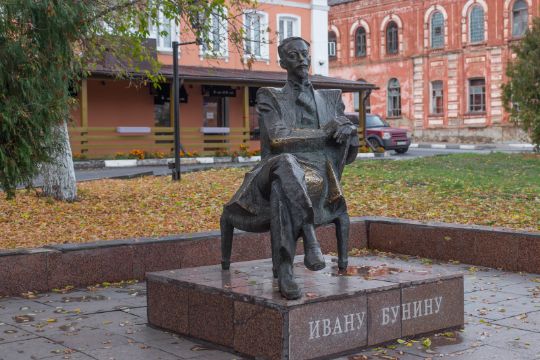
The monument to Ivan Bunin in Yelets
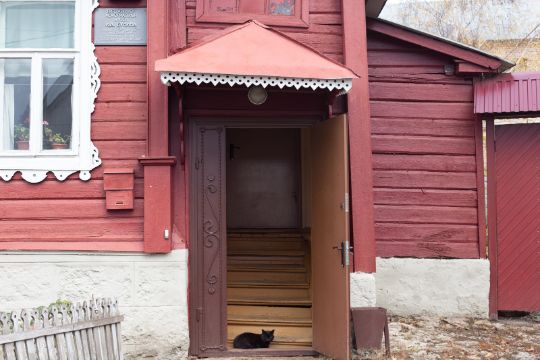
Security at the entrance of Ivan Bunin Museum
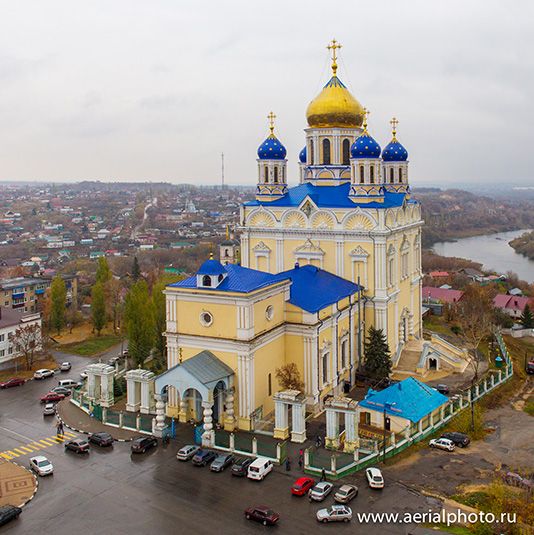
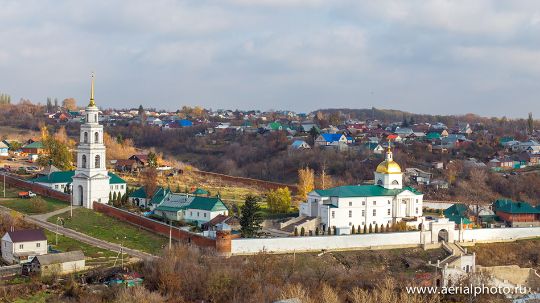
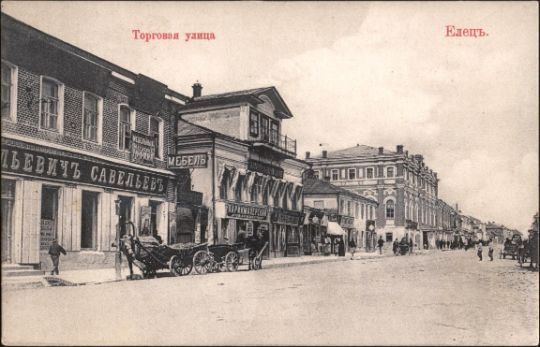
At the beginning of the 20th century the Sosna River was noticeably wider.

The scans of the postcards – Pre-revolutionary Russia in Photos: Yelets.
Then, there was a small trip around the Lipetsk region. Ploughed up black earth and winter cereals fields. Up-to-date apple orchards. Trucks loaded to the top with apples. And what is the most important: pleasant and friendly people.
We wish you all peace, good health and well-being!
October 2018